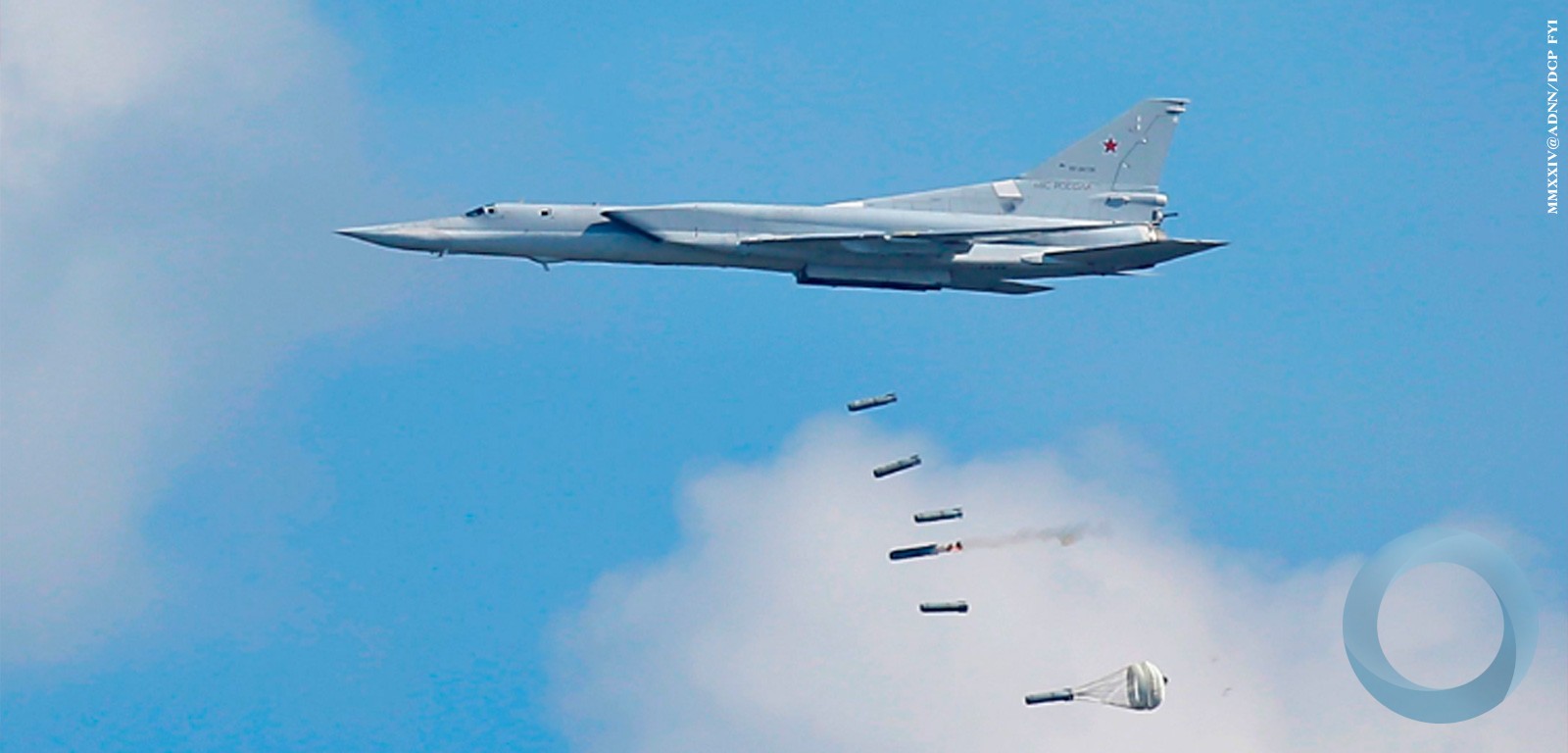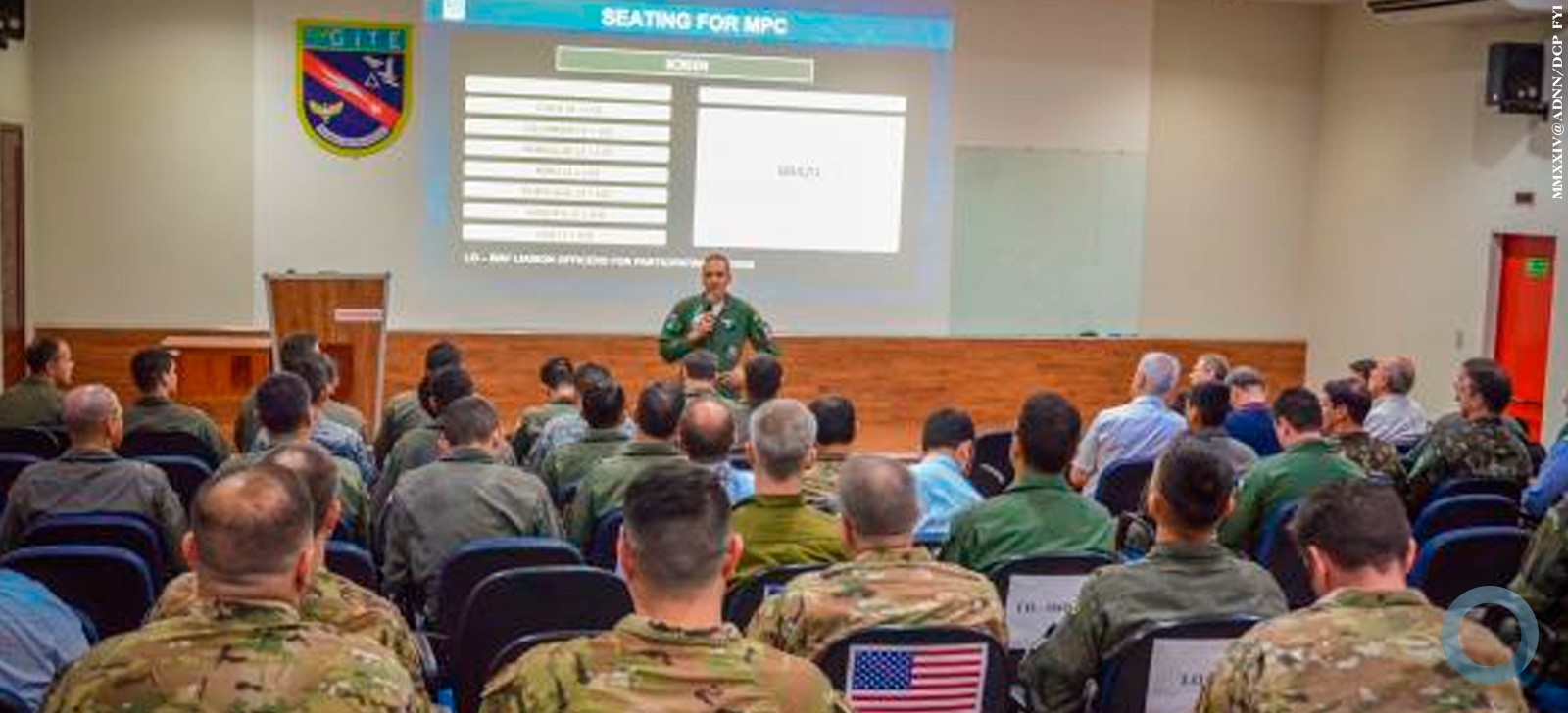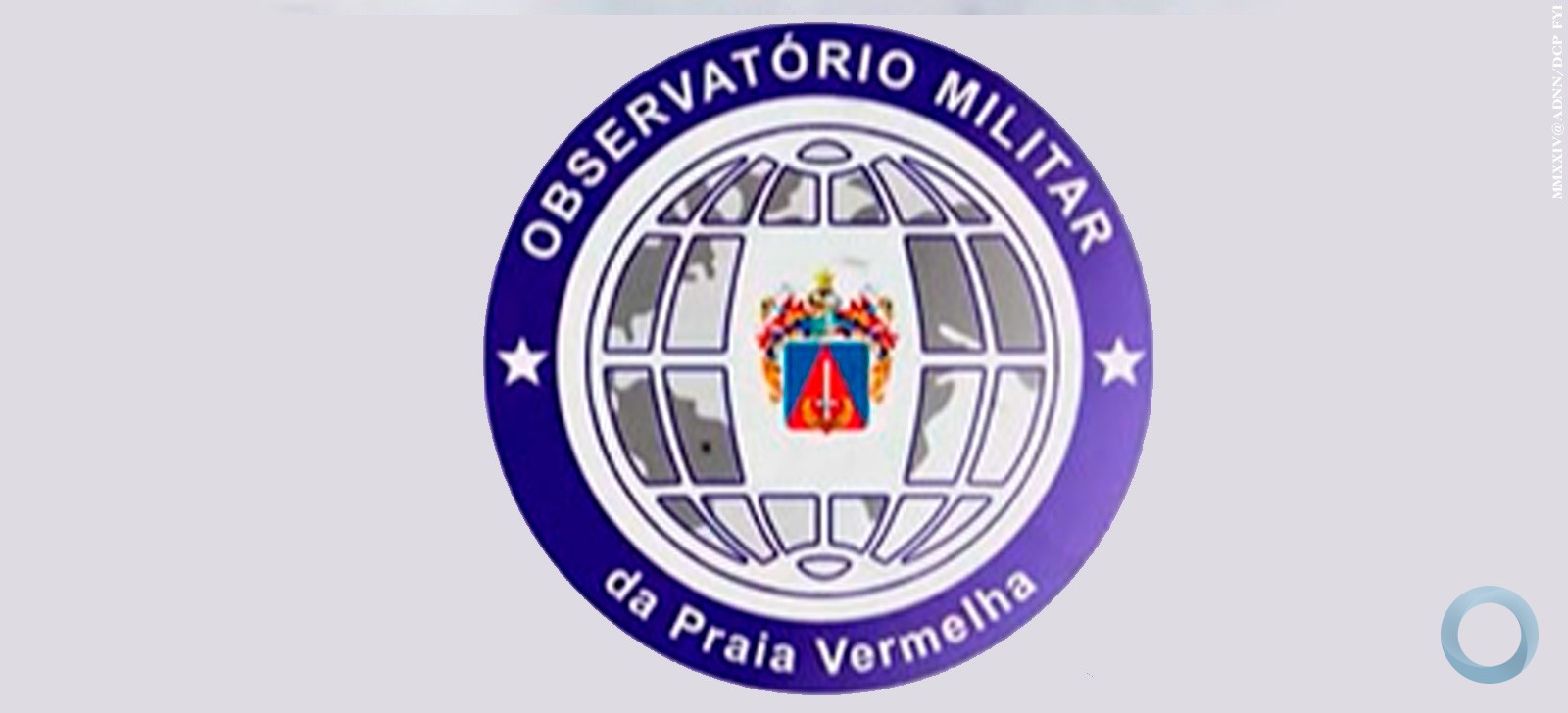Quadrennial Defense Review 2014
The 2014 Quadrennial Defense Review (QDR) is a legislatively-mandated
(USC 10, Sec. 118 (a)) review of the Department of Defense (DoD) strategy and priorities.
·
The Secretary of Defense delivered the 2014 QDR report to Congress on March 4, 2014. The QDR report outlines the strategic direction of the Department and establishes
priorities to determine appropriate resource investments.
·
The 2014 QDR advances a national defense strategy that protects and advances U.S.
interests, sustains U.S. global leadership, rebalances the Joint Force, and controls internal cost growth, while preserving and enhancing the health of the All-Volunteer Force.
·
To accomplish these tasks, the QDR takes account of the strategic challenges and
opportunities that will define our future: new technologies, new centers of power, and a
world that is growing more volatile, more unpredictable, and in some instances more
threatening to the United States.
·
The QDR embodies and builds on the 2012 Defense Strategic Guidance priorities,
preparing for the future by rebalancing our defense efforts in a period of fiscal constraint.
It advances an updated strategic framework emphasizing three pillars:
–
Protect the homeland, to deter and defeat attacks on the United States and to mitigate the effects of potential attack s and natural disasters.
–
Build security globally, to preserve regional stability, deter adversaries, support allies and partners, and cooperate with others to address common security challenges.
–
Project power and win decisively, to defeat aggression, disrupt an d destroy terrorist
networks, and provide humanitarian assistance and disaster relief.
·
To support these pillars, the QDR establishe s DoD’s force planning construct to ensure U.S. forces are sized to conduct key types of operations in overlapping timeframes. At the President’s budget level, the U.S. military will be able simultaneously to:
–
– Defend the homeland;
–
– Conduct sustained, distributed counterterrorist operations; and,
–
– Deter aggression and assure allies in multiple regions through forward presence and
engagement.
If deterrence fails:
U.S. forces will be capable of defeating a regional adversary in a large-scale, multi-
phased campaign; and
–
– Denying the objectives of – or imposing unacceptable costs on – a second aggressor in another region.
·
The Department is pursuing innovative ways to achieve our goals, including new presence paradigms and closer strategic cooperation with allies and partners.
·
Given the major changes in our Nation’s s ecurity and fiscal environment, the QDR requires that DoD rebalance the Joint Force in several important areas to prepare for the future:
–
Shift focus toward greater emphasis on the full spectrum of possible combat operations;
–
Sustain our presence and posture abroad to protect U.S. national security interests more
effectively;
–
Adjust the balance of capability, capacity, and readiness within the Joint Force.
·
As the Joint Force rebalances so that it remains modern, capable, and ready – even while getting smaller over time – the Department will protect key capability areas in support of our strategy, including:
–
Cyber
–
Missile defense
–
Nuclear deterrence
–
Space
–
Air / Sea
–
Precision strike
–
Intelligence, surveillance, & reconnaissance
–
Counter terror and special operations
·
The Fiscal Year 2015 funding levels will allow the military to protect and advance U.S. interests and execute the updated defense strategy – but with increased levels of risk for some missions.
·
The Department can manage these risks under the President’s Fiscal Year 2015 budget plan, but the risks would grow significantly if sequester-level cuts return in Fiscal Year 2016, if reforms are not accepted, or if uncertainty over budget levels continues.
·
The QDR highlights the imperative for institutional reform to implement this strategy. Controlling cost growth and generating greater efficiencies will allow DoD to maximize its readiness and combat power over the long term.
·
Even with persistent strategic and fiscal uncertainties, the United States will maintain its two-fold commitment to its military, to:
–
Properly compensate and care for our men and women in uniform and their families, both during and after their service; and
–
Provide our Service members the best training and equipment possible so they can safely accomplish their missions.

































